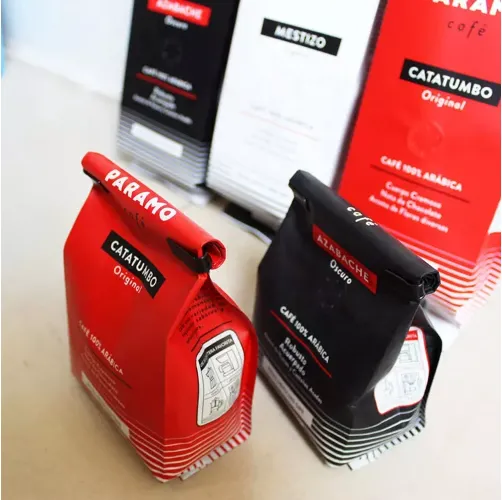- Afrikaans
- Albanian
- Amharic
- Arabic
- Armenian
- Azerbaijani
- Basque
- Belarusian
- Bengali
- Bosnian
- Bulgarian
- Catalan
- Cebuano
- chinese_simplified
- chinese_traditional
- Corsican
- Croatian
- Czech
- Danish
- Dutch
- English
- Esperanto
- Estonian
- Finnish
- French
- Frisian
- Galician
- Georgian
- German
- Greek
- Gujarati
- haitian_creole
- hausa
- hawaiian
- Hebrew
- Hindi
- Miao
- Hungarian
- Icelandic
- igbo
- Indonesian
- irish
- Italian
- Japanese
- Javanese
- Kannada
- kazakh
- Khmer
- Rwandese
- Korean
- Kurdish
- Kyrgyz
- Lao
- Latin
- Latvian
- Lithuanian
- Luxembourgish
- Macedonian
- Malgashi
- Malay
- Malayalam
- Maltese
- Maori
- Marathi
- Mongolian
- Myanmar
- Nepali
- Norwegian
- Norwegian
- Occitan
- Pashto
- Persian
- Polish
- Portuguese
- Punjabi
- Romanian
- Russian
- Samoan
- scottish-gaelic
- Serbian
- Sesotho
- Shona
- Sindhi
- Sinhala
- Slovak
- Slovenian
- Somali
- Spanish
- Sundanese
- Swahili
- Swedish
- Tagalog
- Tajik
- Tamil
- Tatar
- Telugu
- Thai
- Turkish
- Turkmen
- Ukrainian
- Urdu
- Uighur
- Uzbek
- Vietnamese
- Welsh
- Bantu
- Yiddish
- Yoruba
- Zulu
Creating Optimal Box Dimensions for Packaging Efficiency and Cost Savings
Understanding Box Dimensions and Their Importance in Various Applications
In our daily lives and various industries, the concept of box dimensions plays a critical role in how we package, transport, store, and utilize items. Box dimensions refer to the measurements that define a box's size, including its length, width, and height. Understanding these dimensions is essential not only for practical reasons but also for optimizing efficiency in logistics, maximizing space, and ensuring safety in handling goods.
The Basics of Box Dimensions
A box typically has three key dimensions
1. Length The longest side of the box. 2. Width The shorter side of the box, which is perpendicular to the length. 3. Height The vertical measurement from the base to the top of the box.
For instance, when describing a box as having dimensions of 12 x 8 x 6 inches, it means the length is 12 inches, the width is 8 inches, and the height is 6 inches. These measurements are crucial for determining how the box will fit into storage spaces, shipping containers, or shelves.
Importance in Packaging and Shipping
In the realm of packaging and shipping, box dimensions are paramount. Businesses must select boxes that not only protect the contents but also fit efficiently within transportation systems. Excessive air space can lead to higher shipping costs and wasted materials. Conversely, choosing a box that is too small can result in damage to the contents.
box deminsions

For example, the logistics industry relies heavily on standardized box dimensions which allow for efficient loading, stacking, and movement. Shipping companies often provide guidelines on optimal box sizes to ensure that packages can be maximized in terms of space and weight. By adhering to these standards, companies can minimize shipping costs and improve delivery times.
Storage Solutions and Space Optimization
In warehousing and retail, understanding box dimensions helps in creating effective storage solutions. Properly dimensioned boxes make it easier to utilize vertical space and ensure that inventory is organized and accessible. In a warehouse, for instance, knowing the dimensions of boxes can aid in designing shelves that accommodate different product sizes, enhancing storage capacity and simplifying retrieval processes.
Moreover, in retail environments, products often need to be displayed in packages that attract customers. The dimensions of these boxes can significantly influence how products are presented on shelves, impacting customer interaction and sales. Therefore, both aesthetic considerations and functionality must be balanced when designing product packaging.
Environmental Considerations
Another essential aspect of box dimensions relates to environmental sustainability. Excessively large boxes result in unnecessary material usage and increased waste. The push for eco-friendly practices in manufacturing and shipping has made it increasingly important to optimize box dimensions to minimize packaging materials. Companies are now experimenting with alternative packaging designs that align with sustainable practices without compromising the integrity of the product.
Conclusion
In conclusion, understanding box dimensions is fundamental across various sectors, including shipping, storage, retail, and manufacturing. Properly measured boxes contribute to cost efficiency, enhanced customer experiences, and effective inventory management. As businesses increasingly prioritize sustainability, optimizing box dimensions becomes even more crucial. By addressing these dimensions thoughtfully, companies not only improve their operational efficacy but also contribute positively to environmental goals. Therefore, whether it’s for shipping products or arranging items in a warehouse, the consideration of box dimensions is an essential aspect of successful logistical planning.













